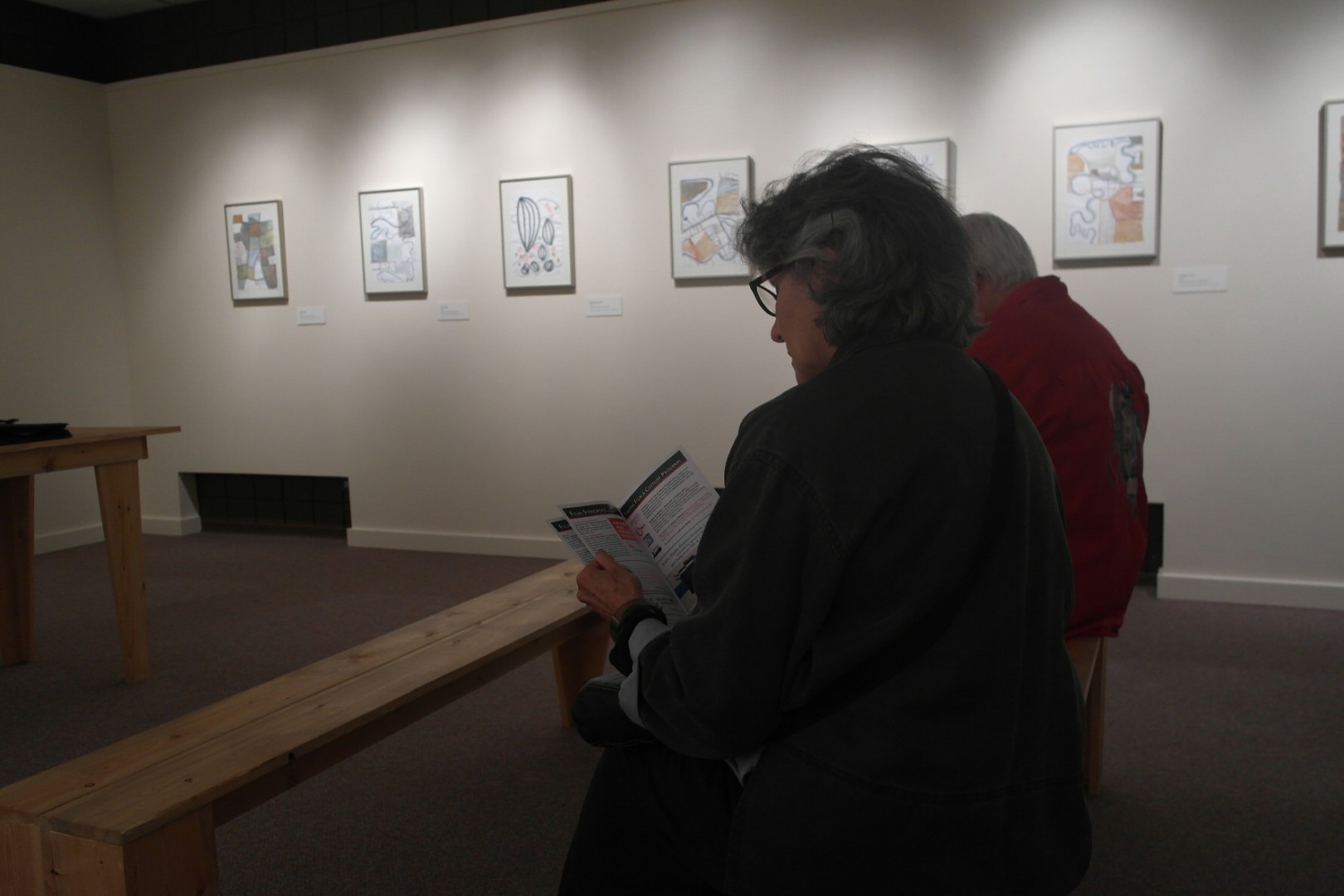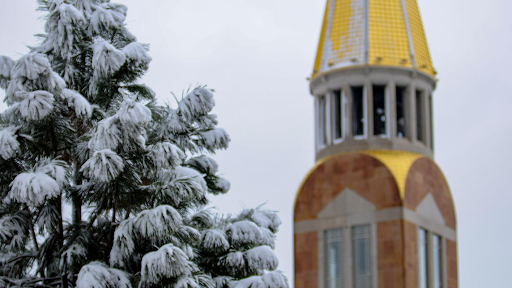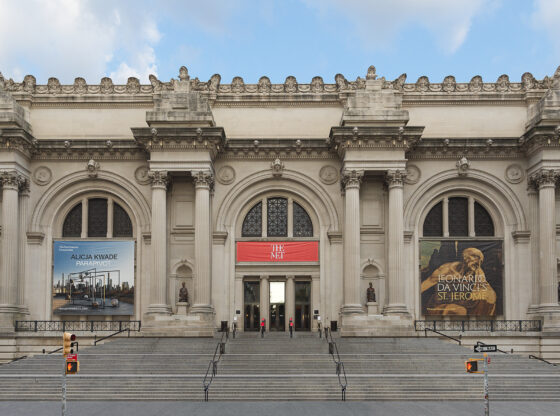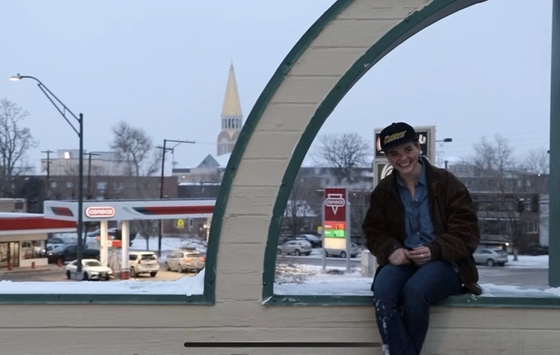Where: Museum of Anthropology,
Sturm Hall
When: Now – Nov. 24
Cost: Free
From Oct. 7-13, DU hosted the 12th annual Indigenous Film and Arts Festival, in which 20 free films were shown over the seven days.
Although the festival has passed, an exhibit featuring Melanie A. Yazzie, printmaker, painter and sculptor, is still on display at the Museum of Anthropology in Sturm Hall, room 102. The exhibit, also free, is accessible until Nov. 24.
Yazzie’s solo show, “Histories Beyond Homeland,” accompanied the festival and therefore coincides with it’s theme: “People and Place”.

At the opening on Oct. 8, Yazzie explained how the series, which she curated specifically for this special occasion, is based on her past travels, specifically with the views she saw from airplane windows.
“I see land that was once filled with Native Americans in the recent past,” Yazzie explained in her artist statement, “I am in awe of how it has been farmed and divided up.”
The exhibit consists of Yazzie’s depiction of landscape drawings, drawn from the perspective of someone looking down at the earth. Yazzie uses guache, an opaque substance similar to watercolor paint, and handmade paper, in these aerial view interpretations.
Yazzie shared stories during her talk that acted as anecdotes to her work. In one she spoke about the tattoos that she got as tributes to both of her grandmothers. She decided on the tattoos after a volcano erupted, something she took as a sign that she should go ahead with the process. In another, she talks about reassurance she received from a friend — validation that came during a time when she questioned her path as an artist.
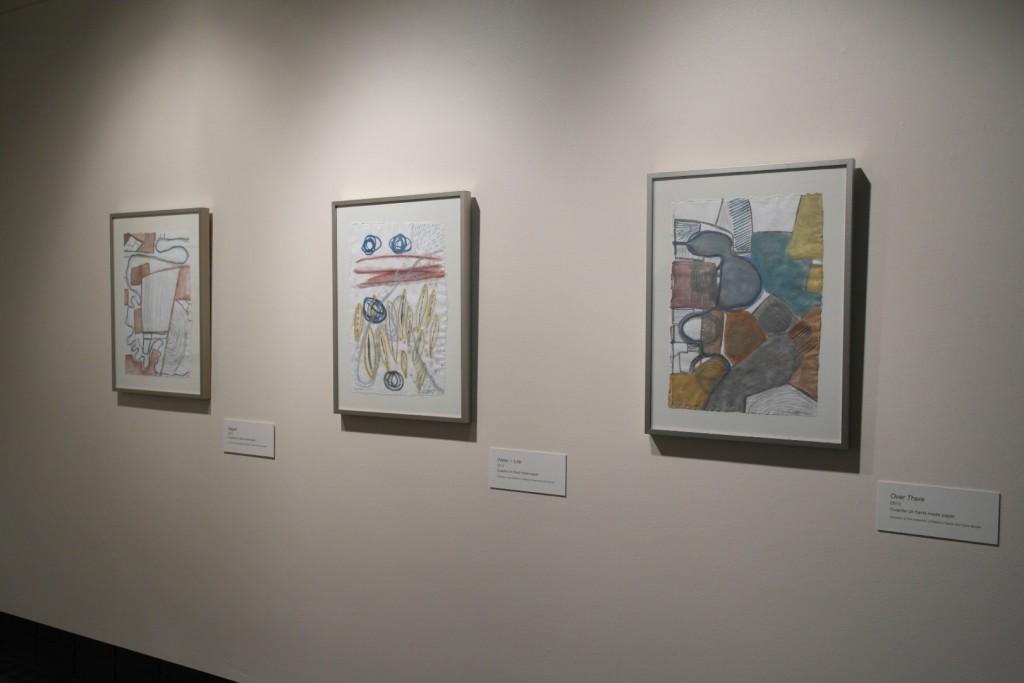
All the stories she chose to share directly related to her work, and the random connections served as inspiration. The festival was another connection for Yazzie.
“[This festival] brings people together, it brings souls to a wonderful place,” Yazzie said at the exhibit opening.
“Histories Beyond Homeland” offers a special insight perspective, not only into Yazzie’s life, but also the life of her family and friends.
The Museum of Anthropology includes study tables on the first floor of Sturm, making it a peaceful place to get lost in work and art alike.

